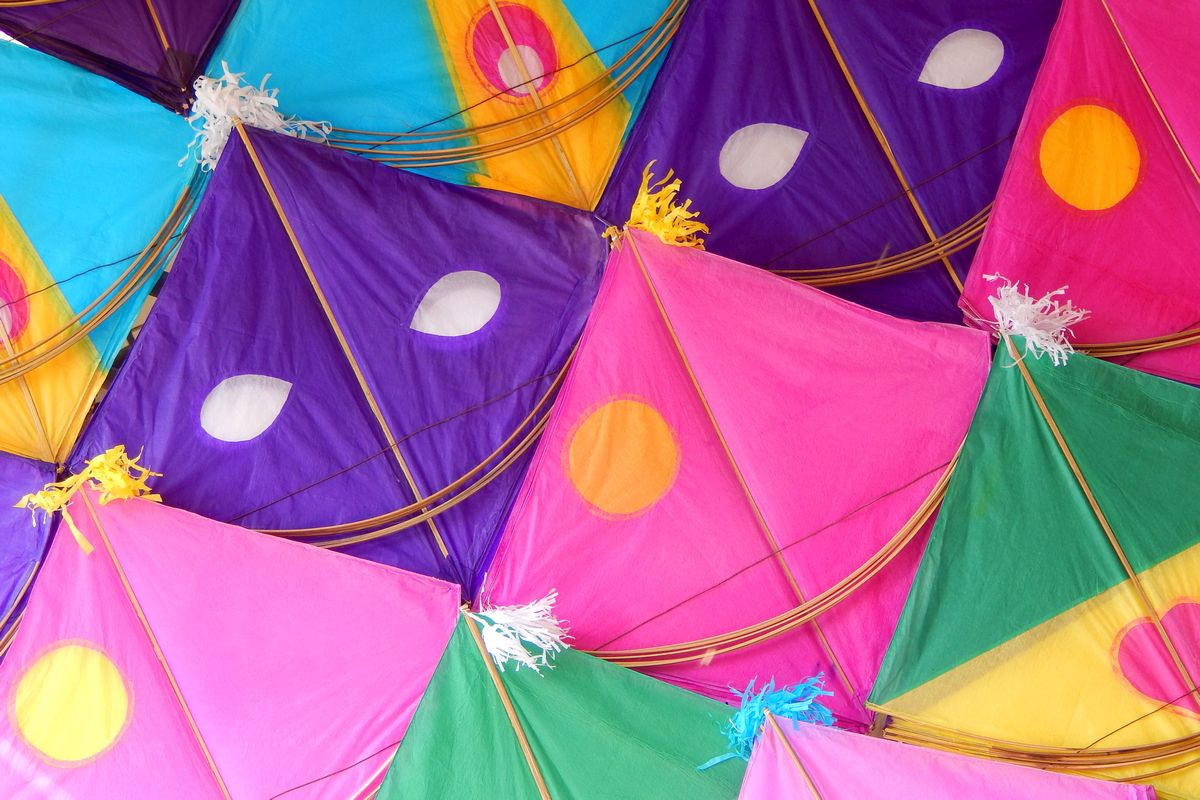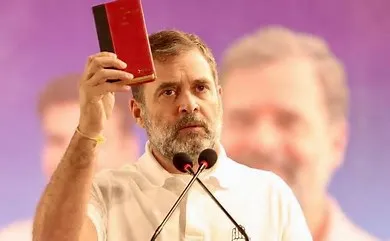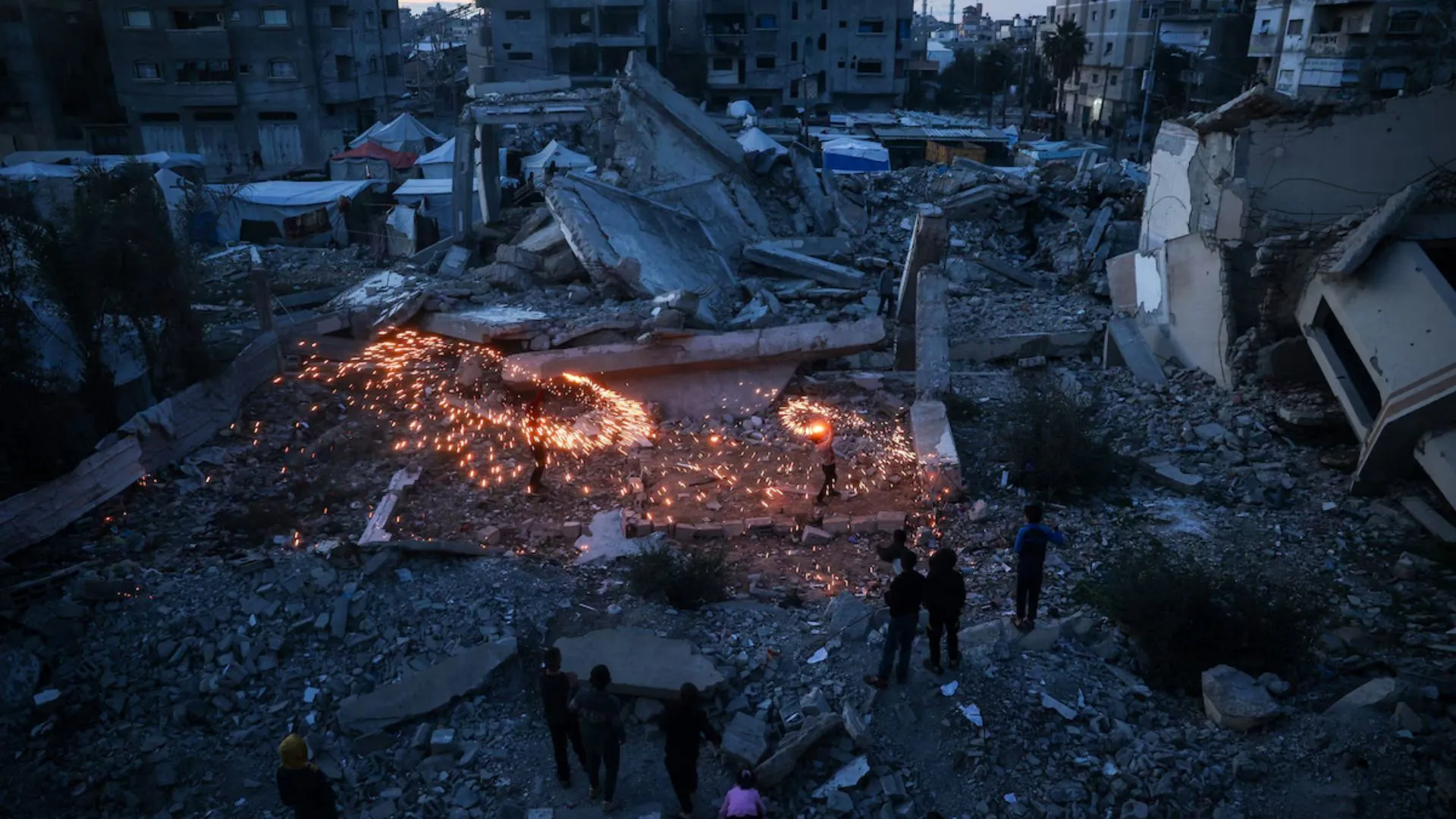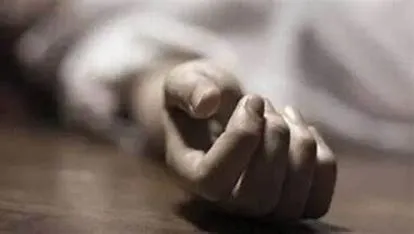Chali Chali re patang meri chali re!
Payam (lover’s message) for the beloved!
A kite, largely known as an aerial toy, covered with paper or fabric supported on bamboo strips and flown with a cord, has been capturing the imagination of one and all for centuries.
Why kites on 15 August
Since August 1947, the skyline along with the historic Red Fort, Nirankari Ground and Ramlila Ground, become abuzz with kites, infecting the whole city. Though a very old Purani Dilli passion, kite-flying has also been associated with the Independence Day, there is no question that the sport has been electrifying the Delhi’ites since time immemorial. In fact it was Khalifa Khaliq-uz-Zaman and Chacha Jumman of Pahari Bhojla from the walled city of Delhi who actually out of enthusiasm for the Independence on August 15, had announced in posters that immediately after the speech of Panditji (Jawahar Lal Nehru), there would be a kite flying feast at the Red Fort grounds as mentioned by the Paisa Urdu daily those days.
Ghalib’s message to his beloved on kites
Kite flying in the walled city of Delhi also signifies communal concord between the two major communities living here — Hindus and Muslims. On the efficacy of the kite flying, Ahsanullah Chawla of Bara Hindu Rao states that Mirza Ghalib saw kite as a handy tool for a lover pining to meet his beloved. Sometimes, the girls also accompany their friends from the mohalla (locality). The lover too is vigilant as to who the accompanying person is with his sweetheart on the rooftop. If it is her mother, father or brother, the lover better thinks to just indulge in pench (kite match) where he tries to cut the string of the other kite with his khinchai (pulling the string) or dhilai (letting the string lose). If he is successful in cutting the string of the other kite, he howls a huge “Kataa!” (I have cut the string and won!)
Mughal princesses also flew kites
According to Mohd Mohsin Qureshi, vice president of the Delhi Kite Flying Association, (DKFA), off and on, there have been going on the kite-flying competitions in the months, July to Septemberr. In 1998, Vijay Goel, the then MP of Chandni Chowk, conducted a historic kite-flying competition at the Parade Ground, opposite the Red Fort. Tells Goel that the sport is a pastime of the Mughal princes and princesses, especially, Roshanara. Many Mughal kings, nobles, nawabs and rajahs used to patronize the sport and they all gathered at various grounds for their matches as against the rooftops that are used today owing to paucity of open spaces.
The author is a commentator on the themes of walled city heritage of Old Delhi and the former chancellor, MANUU, Hyderabad.

















